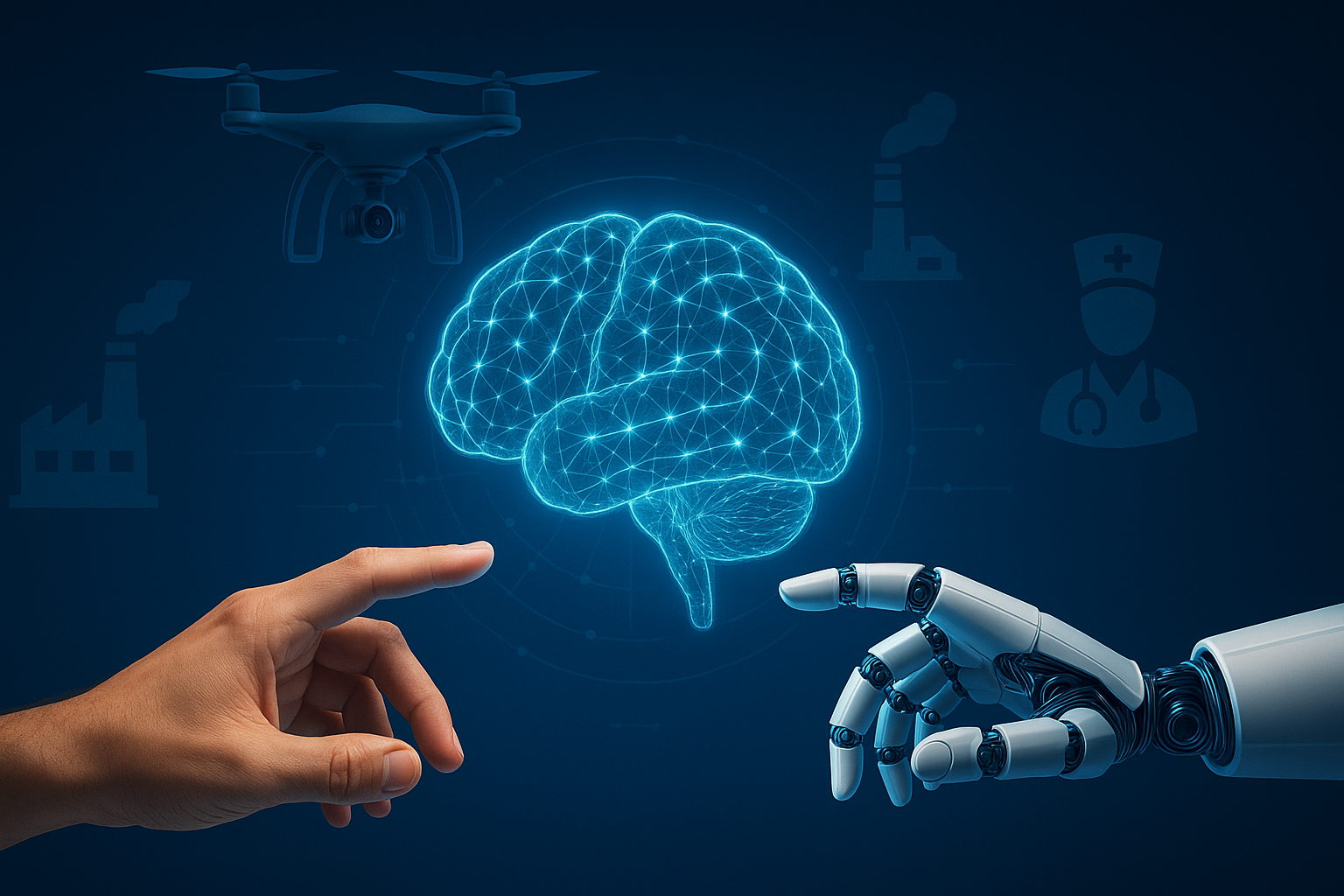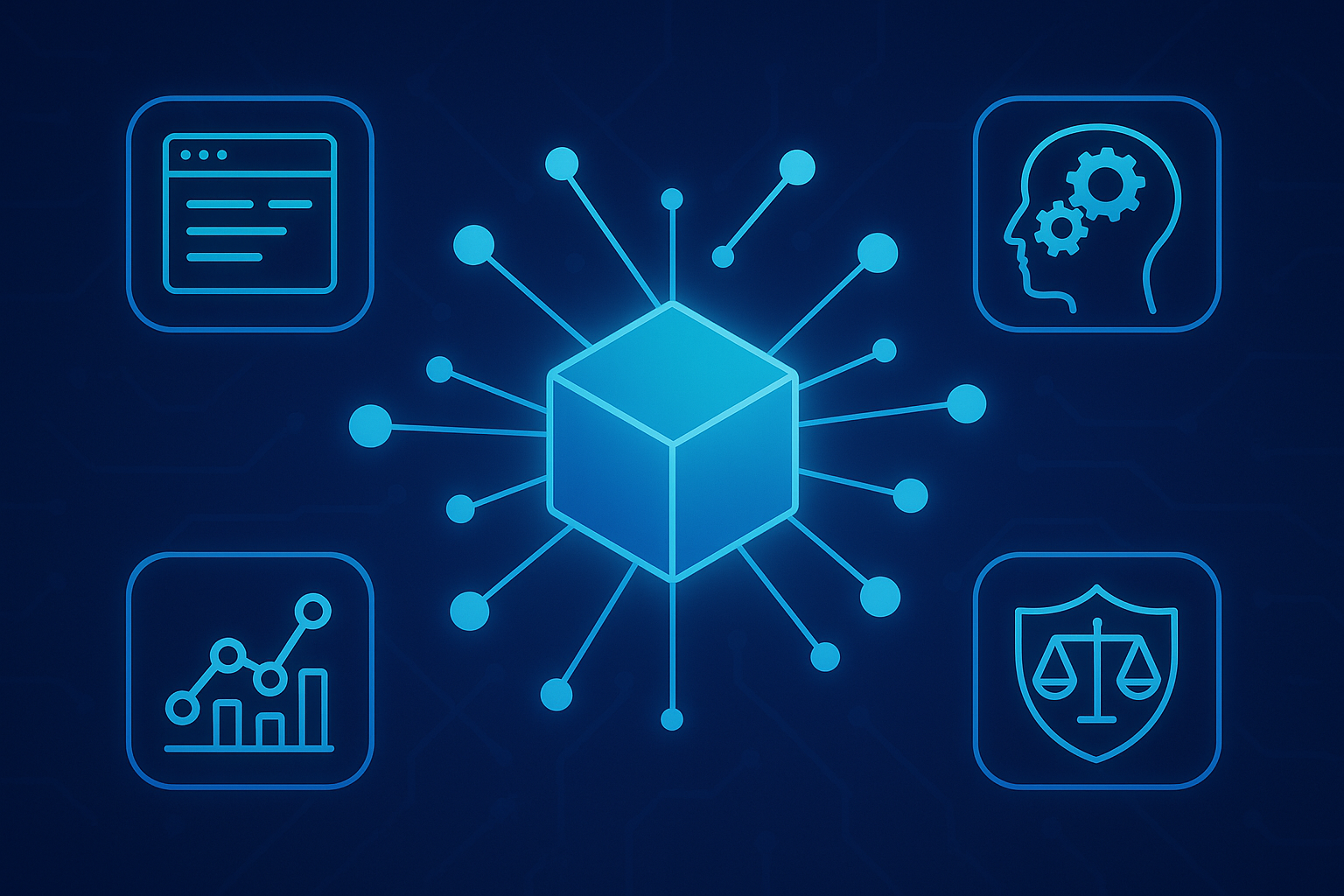

A Comprehensive Guide for Beginners in Intelligence
Automation once meant repetitive motion — a predictable sequence of programmed tasks. Today, it has evolved into self-learning action, where machines observe, adapt, and optimize in real time. The future of automation lies not in replacing human effort, but in amplifying human capability through intelligence that evolves.
The next era of innovation, often called Industry 4.0, is defined by the convergence of robotics, artificial intelligence, and human collaboration. Factories are no longer silent mechanical spaces; they are living digital ecosystems, where sensors, algorithms, and people communicate seamlessly to achieve unprecedented efficiency.
In logistics, predictive AI reroutes fleets before bottlenecks occur.
In healthcare, robotic systems assist surgeons with precision beyond human steadiness.
In energy and infrastructure, autonomous maintenance prevents breakdowns before they happen.
Everywhere we look, the partnership between human insight and machine intelligence is reshaping how the world works.
At Viclys Systems, this synergy takes form in the Triafox Platform — an ecosystem of intelligent agents designed to transform operations across industries. Triafox doesn’t simply automate; it learns from patterns, analyzes context, and improves its own performance with every cycle.
It adapts to new data, integrates with IoT devices, and operates with the resilience required by global industries.
Unlike traditional automation, which executes pre-written instructions, augmented intelligence automation evolves alongside your organization. It thinks, predicts, and collaborates — creating a workflow where efficiency becomes continuous improvement, and innovation becomes culture.
The future of automation is not about removing humans from the loop; it’s about placing intelligence at the center of it. When machines learn and humans lead, possibilities multiply — and the digital ecosystem becomes a true engine of growth.
At Viclys Systems, we believe the future isn’t fully automated — it’s intelligently augmented.
Artificial Intelligence can seem complex — full of algorithms, data models, and technical jargon. But at its heart, AI is simply about teaching machines to learn from data, to recognize patterns, and to make decisions that extend human intelligence. It’s not a replacement for human reasoning — it’s an amplifier of it.
For beginners, understanding AI begins with a simple truth: intelligence is a process, not a product. Machines don’t “think” like we do — they learn by example. They absorb massive amounts of data, identify recurring signals, and refine predictions through feedback. This process, known as machine learning, is the foundation of modern AI.
This guide explores the four pillars of intelligent systems that every newcomer should know:
- Data Collection: the raw material of intelligence. High-quality, diverse data ensures fairness, precision, and context.
- Algorithmic Thinking: the creative art of transforming data into insights — designing logic that mimics human intuition.
- Model Training: where machines learn to improve by analyzing outcomes, reducing bias, and enhancing performance.
- Ethical Deployment: ensuring that every intelligent system respects privacy, accountability, and human values.
At Viclys Systems, we believe that AI literacy is the new digital literacy. Through our Triafox learning initiatives and applied research partnerships, we empower students, developers, and entrepreneurs to build real-world intelligence — not just theory. Our platforms make AI tangible: from understanding datasets to deploying ethical models that create measurable impact.
Whether you’re a business leader seeking insight, a researcher chasing discovery, or a student taking your first steps into data science, remember this: AI is not about replacing the human mind — but elevating it.
The journey of learning AI starts not with coding, but with curiosity — the same curiosity that has always driven human progress.
Learn, explore, and let curiosity lead — because true intelligence begins with understanding.


